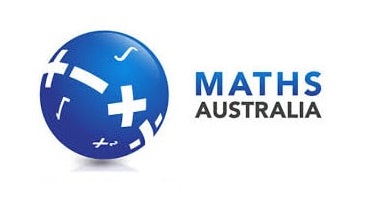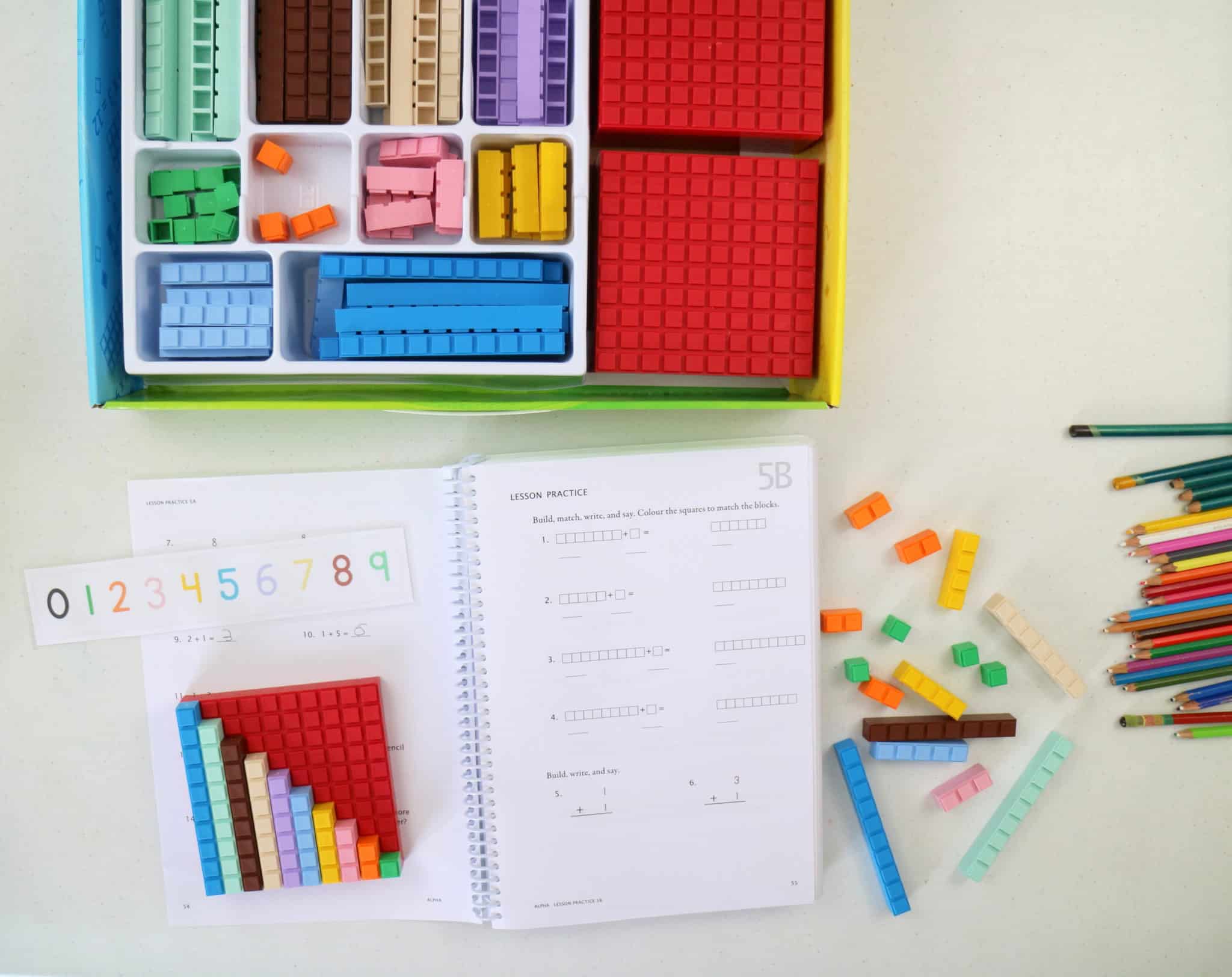
The CRA Integer Blocks are one of key foundational teaching tools of intervention, and of teaching multisensory maths to students of all ages and learning abilities. They are used to teach counting, place value, addition, subtraction, multiplication, division of whole numbers, and even the foundations of fractions. Used with the our Advanced Kit (to teach fractions, decimals, percents and algebra) these manipulatives are not only a great investment in your daily maths lessons but a tool to impact your students for a lifetime!
Using hands-on tool, students are able to successfully work through maths problems with ease and understanding - even making maths fun!
As a parent and teacher, it makes your job easy. Your student will grasp tricky concepts much more readily and be able to remember what's being taught. They can then go and use that information in everyday life situations - not just to get a mark on paper!
You might have already purchased a set of the CRA Integer Blocks, or you might be waiting to be convinced why you need one. Well, be prepared to get blown away!
Pros
What's so good about the blocks? They are proven by research and education specialists, as well as thousands of parents and families who have used the Math-U-See program internationally, and had tremendous success.
1. They are researched and proven to work
Education specialists have proven that using multisensory aids to teach any subject - particularly maths - has a dramatic and positive influence on students. There are so many elements of the CRA Integer Blocks that help with teaching, retention and confidence in maths.
As hands-on tools, they are proven to work for those with learning challenges such as dyslexia, dyscalculia, short term memory disorders, autism and ESL and are used in intervention in schools across Australia. The very nature of these tools make the abstract squiggles of maths make sense.
Instead of teaching meaningless numbers and formulas that students have no relationship or understanding of, these manipulatives give meaning to the symbols we use to represent the language of maths.
For example, the numeral "3" is so abstract on it's own. But when you show the student a "3 block" that is pink (and always will be); that can fit three unit blocks on top of it (and therefore is 3 X units as well as 1 X three); and they can feel and see these demarcations within the block itself, they gain and understanding of the numeral 3's "three-ness". Quickly, they can transition from unit counting to simple addition with an understanding of the size of "3" in relation to "1" or any other number.
2. They support all learning styles
By being aware of the VARK methods and the four different learning styles, you can incorporate tools that support all modes of learning in each lesson. By utilising this knowledge, you create much better results for yourself as the teacher and for your students!
For visual learners, you could show a video or clear demonstration of what you're teaching. For auditory learners, speaking to them, soundtracks and songs work well. For hands-on learners (almost 40% of all students!!) they need hands-on tools and manipulatives that they can touch and feel. And by incorporating all components into every lesson, you set your student up to truly integrate each maths concept.
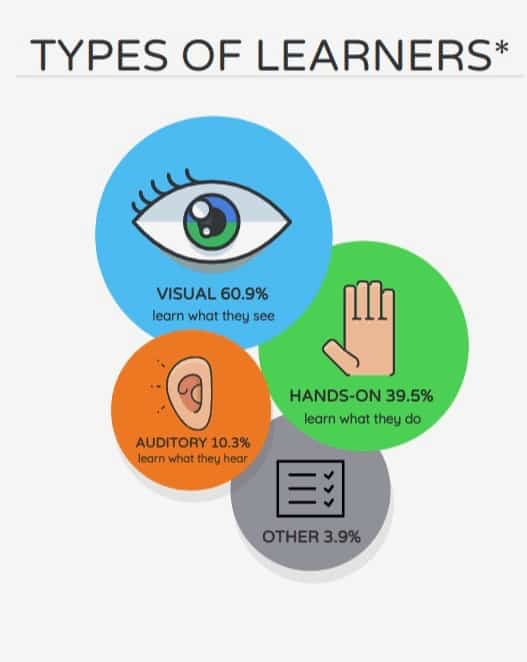
The "other"category (3.9% of learning styles) relates to students learning by writing numbers on paper and writing down formulas.
When you see that our schooling system so often goes straight to this abstract "other" before building a concrete understanding of maths, you can see quite simply why so many students fail in maths!
Here's an easy definition of these main learning styles:
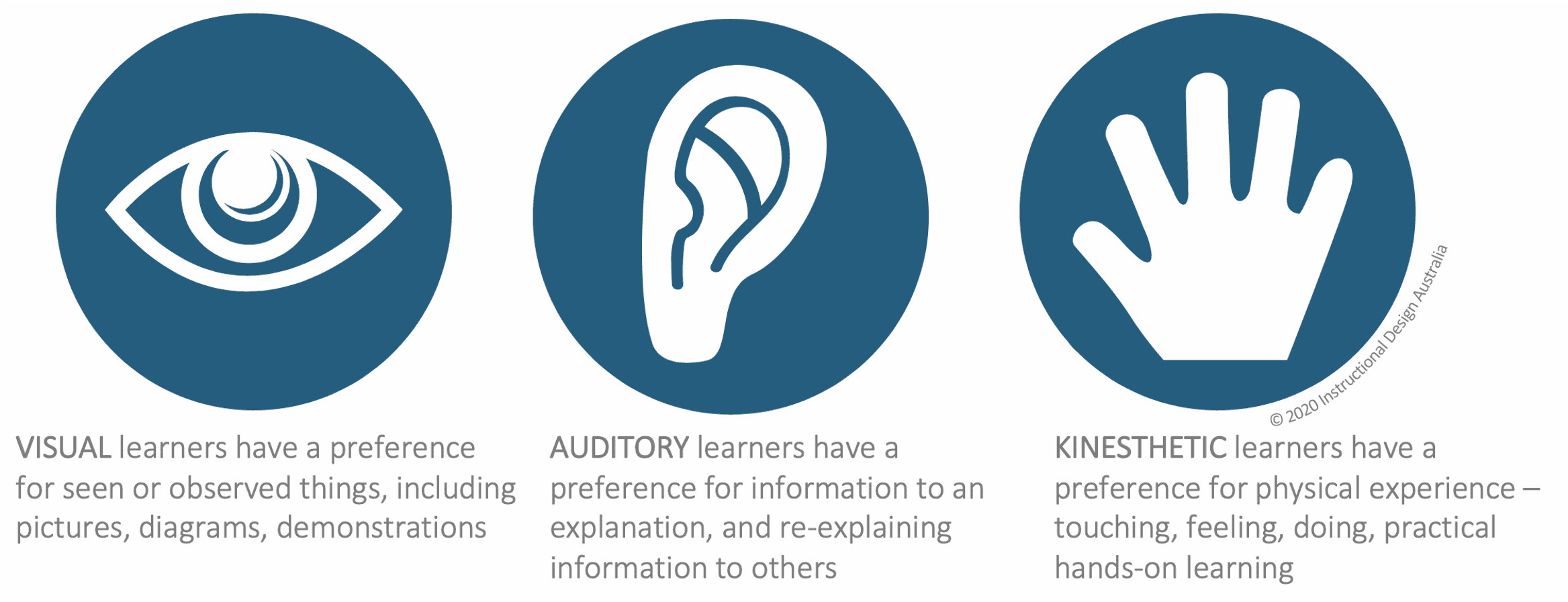
The Math-U-See program incorporates all learning styles into every lesson. For visual and auditory learning, we have instructional videos, songs and games that equip the teacher to clearly demonstrate each lesson (and yes, your student can also watch these). Kinaesthetic/tactile learning is the starting point to introduce every new lesson, so that the student has a body knowing and true understanding of each maths foundation.
It's so easy to teach, with step-by-step instructions and worked solutions. There are student workbooks with systematic review of previous lessons, along with tests to confirm mastery before proceeding to the next lesson. Perfect for intervention specialists looking for a best-practice and pedagogy-informed methodology, Math U See is also built for parents who want an excellent step-by-step program to follow that does not require prior teaching experience - just a dedication to equip your child with maths for life!
3. You can easily teach Place Value
Place Value. The subject that an incredible (and devastating!) number of students don't understand - even well into high school!
Most teachers struggle teaching place value because its hard to explain to a student why "31" is different to "13" and why "421" is four hundred and twenty one without the blocks. To a young child who is still learning in the concrete phase - needing to touch and feel everything in their world (just watch little kids, they put their hands on everything!) using the blocks to learn maths is crucial.
In the Math-U-See program, we teach place value using "Decimal Street" or "Place Value Street" where students learn that each number has a "house." On this street, there is the "hundreds house", the "tens house" and the "units house". When too many friends visit the units house, they have to move up to the tens house, and so on.
Using the Integer Blocks, we teach the language of maths, where maths symbols and "maths words" represent something very tangible and real. Students touch and feel, and come to know the pattern of maths in our language (and also where this pattern doesn't hold). Consider, for example, how 90 (nine-ty) is 'nine tens', 80 (eight-ty) is 'eight tens, 70 (seven-ty) is 'seven tens' , 60 (six-ty) is 'six tens', etc (the language pattern is telling us we read left to right/ bigger to smaller/ saying the number of tens,-they 'ty' to represent this number) ...... and yet strangely this pattern changes and 30 (thir-ty) is not spoken as 'three-ty', 20 (twen-ty) is not 'two-ty', 10 (ten) is not 'one-ty'.
When we use Integer Blocks as the starting point for every lesson, rather than abstract symbols and a language that lacks consistency and reliability, we develop understanding and confident maths problem- solvers!
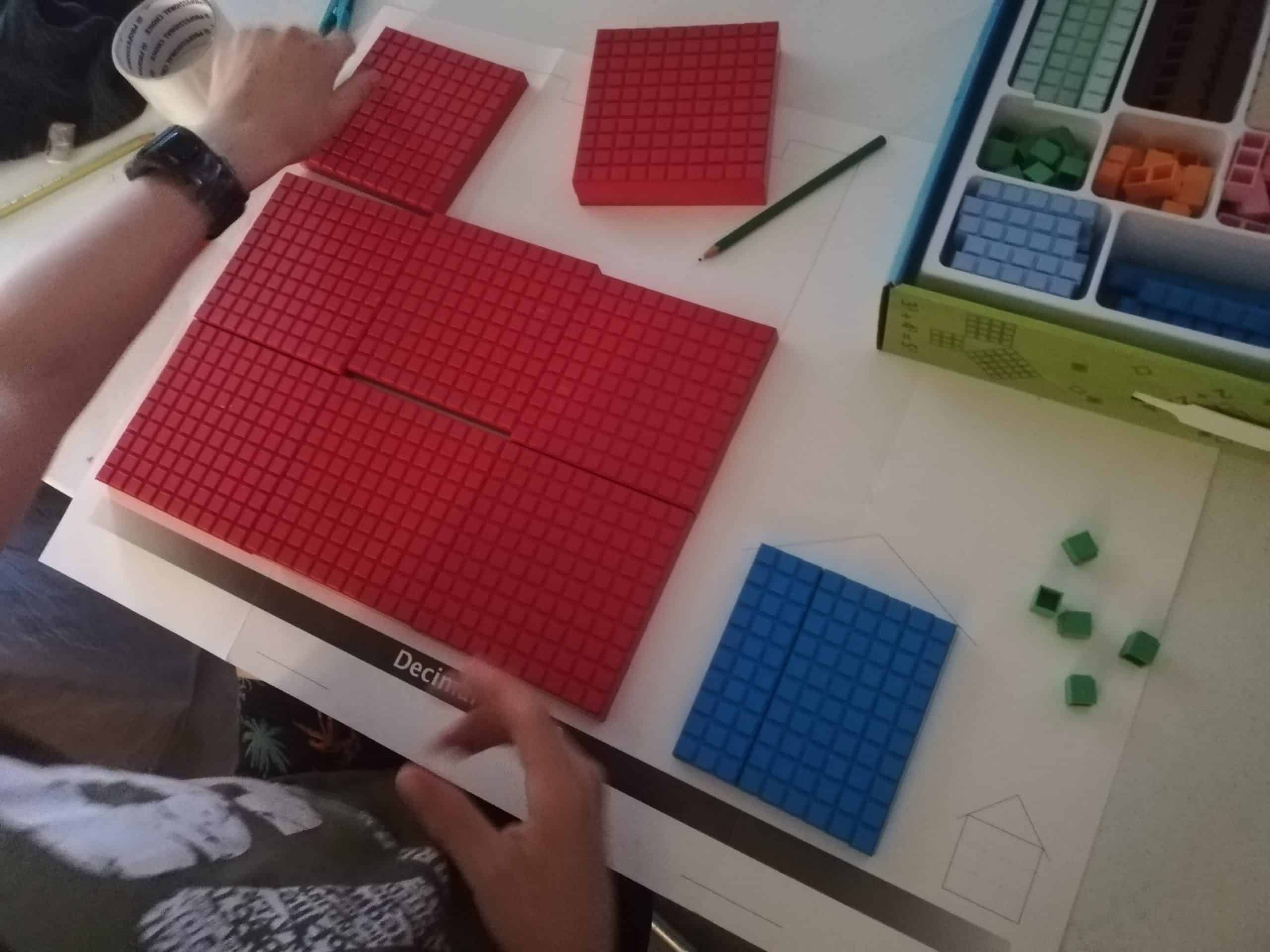
4. They are specifically colour coded for number recognition
By using a specific colour sequence for each number, from pre-school to advanced high school and University-level maths, the student is able to easily recognise and recall a number. They don't have to count the indents on the blocks each time!
By becoming familiar with the colours and remembering the numbers that are associated with each colour, students develop automaticity and fluency in maths.
The colours stay the same when teaching fractions, decimals, percents and algebra (using the CRA Advanced Kit (with additional features and thereby superceding Math U See's Fraction Overlay Kit and Algebra/ Decimal Insert Kit). This means there is a continuous strand of knowledge that is being built on throughout each student's education, which is research-proven to help them learn, understand and retain what they've been taught.
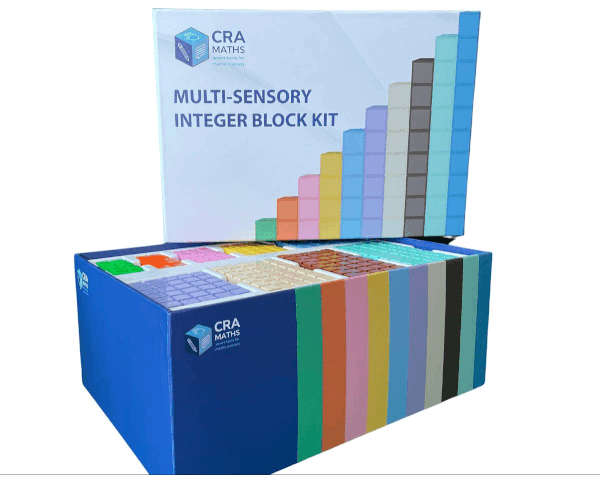
Enlarged, sturdy lock-in for confident building, same colours
5. You can learn Time using the blocks
Throughout the Math-U-See lessons (Primer to Beta) students are taught how to tell the time using the blocks. This is a great skill to reinforce and practice numbers, as well as a lifelong skill that will be constantly used (time and time again, pun intended!)
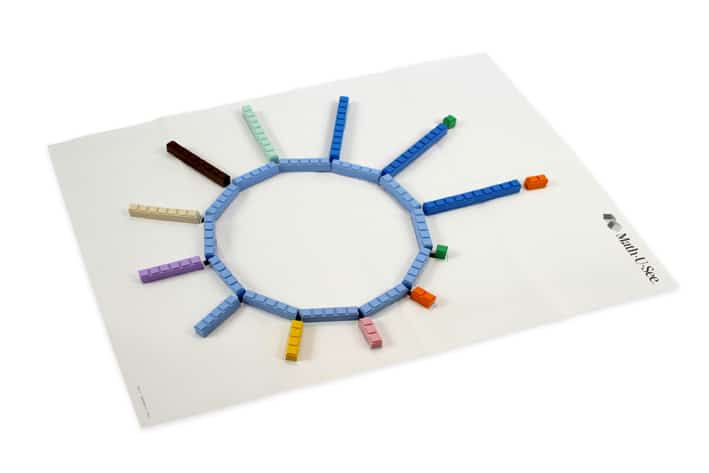
6. Perfect for lego-lovers
The blocks look like lego pieces - perfect to introduce to younger kids and easily transition into maths class, especially if they are already lovers of Lego! Our new CRA Integer Blocks are lego-compatible, and even stay together so the student can build and know the pieces will hold together.
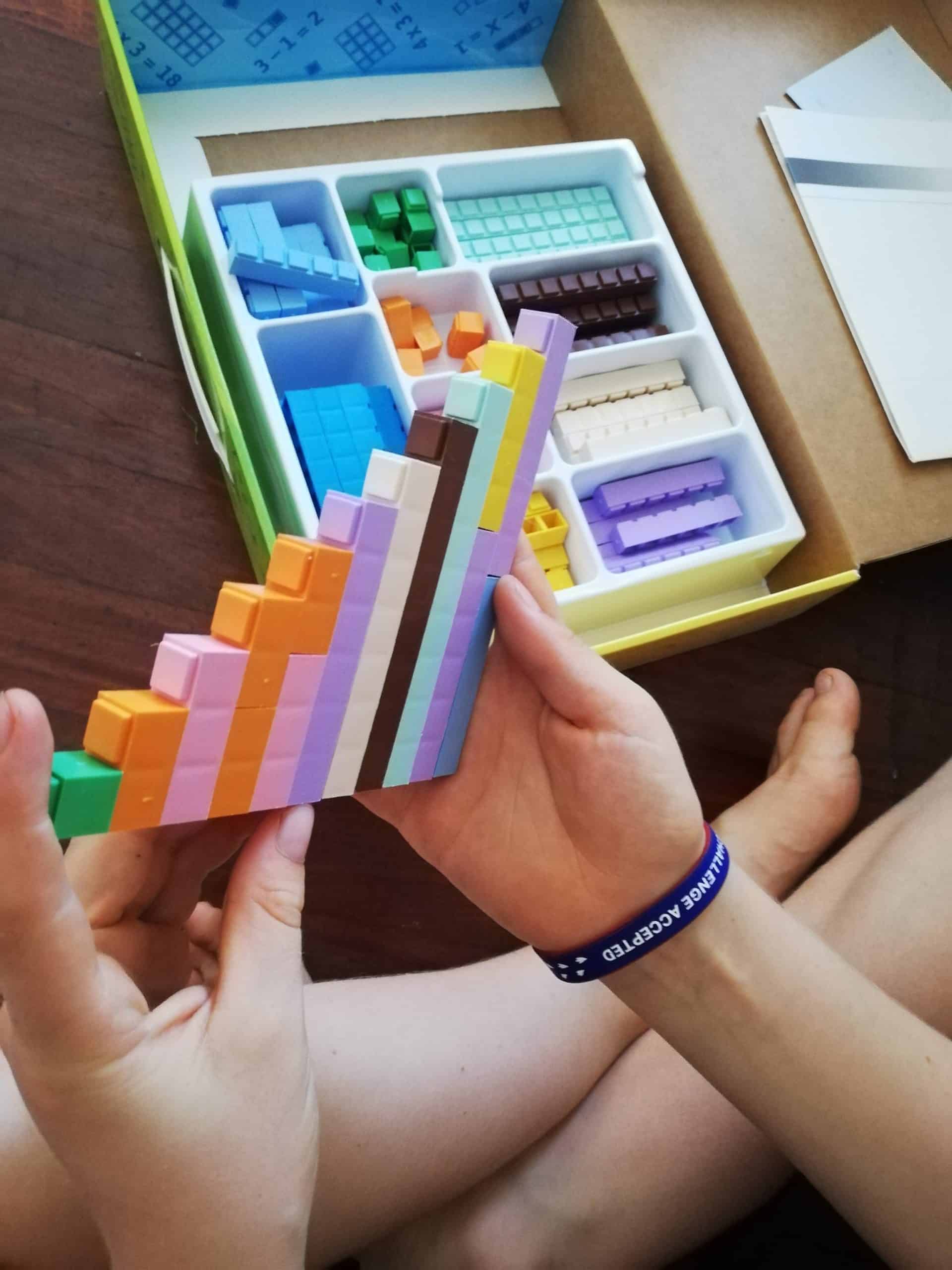
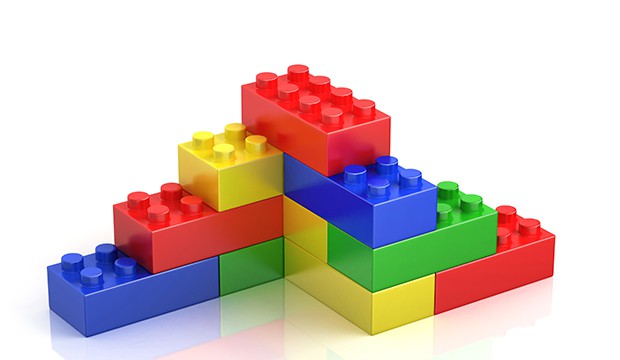
7. You can build block towers in maths lessons!
Just for fun, your students can play with the blocks and build space, length and volume awareness. If you were to have them build a 'tower of ten, using just two (2) blocks', they are learning that '0 + 10 = 10', '1 + 9 = 10', '2 + 8 = 10'. "3 + 7 = 10', '4 + 6 = 10' etc.... almost by default learning basic addition facts.

8. Maths expands to learning weight and measurement
As well as time, money and all things mathematical, the blocks can also be used to introduce your student to weight and measurement.
You can teach your student division, algebra and other mathematical applications through experimenting with weight. The blocks are super easy to use because they are stackable and can be used with a simple kitchen scaled. Consider the following maths applications:
If you created a stack of 8 hundred blocks and placed them on the kitchen scales, you could ask your student to solve the following equations.
Division:
Divide the following equation.
1,063÷ 8 = ?
Algebra:
Solve the following equation and find the value of x.
1,063÷ 8 = x
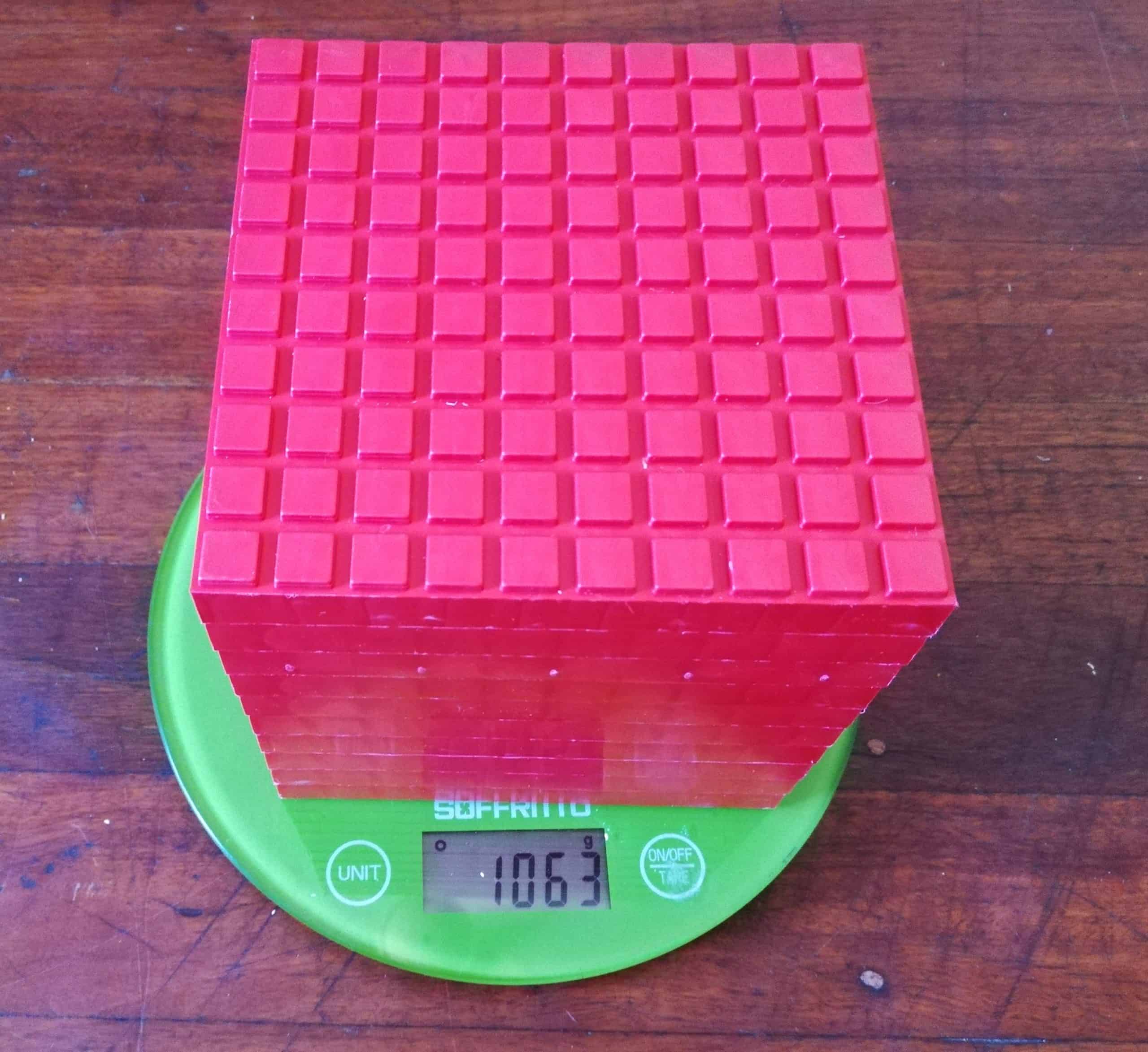
Cons (or so you thought)
1. The blocks make them feel "too young"
Maths manipulatives are often thought to be useful only for early childhood education. However, Math-U-See was designed in a way that uses the blocks from Pre-school through to Algebra 1 (Year 10). Using the same blocks to demonstrate counting as well as polynomial factoring (and everything in between) shows that consistency in the tool is the most effective way to learn beginners - and advanced - maths. As the teacher, you can show the ease of understanding maths with the blocks, and communicate to your students the importance of building a foundation for more advanced topics. In doing so, you'll take away the pain of the likes of Algebra and any other piece of maths anxiety that they may have.
2. They are disinterested in using them
Each student learns differently. Some students benefit from repetitive problem solving while others may be frustrated with the process. Take the initiative when the student is struggling with an area to build the problem yourself as they watch. Talk your student through the build and allow them to ask questions. This can help your student see the value in building the blocks. Once the student has watched you (as many times as needed), allow them to take their turn. Observe them and be careful to stop if they seem overwhelmed.
Optimally you want the student to get the practice needed, but not to be excessively repetitive. Once the student demonstrates mastery of the concept, progress through the 'build-draw-write-say' methodology so that the end of each lesson marks a mastery of the lesson.
3. They don’t “need” the blocks to learn
Even if the student learns a concept quickly, it is beneficial to introduce it with the blocks. Their ability to illustrate the concept with the blocks is important, and ensures an understanding rather than the mere use of a formula to arrive at an answer. Also the consistency of the 'build-draw-write-say' methodology creates a strong framework to ensure that the student is building the sequential knowledge of maths that is required for advanced workings. Once they can teach the lesson back to you (or a sibling or other student), have them progress through the Lesson Practice pages in their workbook to demonstrate mastery. This will confirm the student’s understanding of the concept and demonstrate they are ready to progress to the next one.
If you are looking for help...
Although "multisensory maths" is becoming popular in the maths world, the concepts aren't understood or taught properly. "Multisensory" goes far beyond teaching students with coloured buttons, coloured paddle pop sticks, checkers, dominos, pizza slices or using fingers to count out a number. These are all short term "time-fillers" when teaching maths because they don't address the real issue (most students taught this way constantly struggle with simple concepts like Place Value). However, when using one set of manipulatives throughout their schooling maths curriculum and showing maths in a concrete, step-by-step way, your students will begin to understand maths as a concept that makes sense from small numbers to larger numbers and in all complex formulations. When taught correctly, they will be able to confidently achieve excellent maths results!
If you want to learn more about our multisensory maths program, you can check out
how it works here.
We also have specific training for teachers, learning support officers, intervention specialists and parents, providing easy and simple techniques that can be used straight away when teaching maths at home - even if you've had no prior experience (we've had excellent feedback on these session!).
See the upcoming dates below:
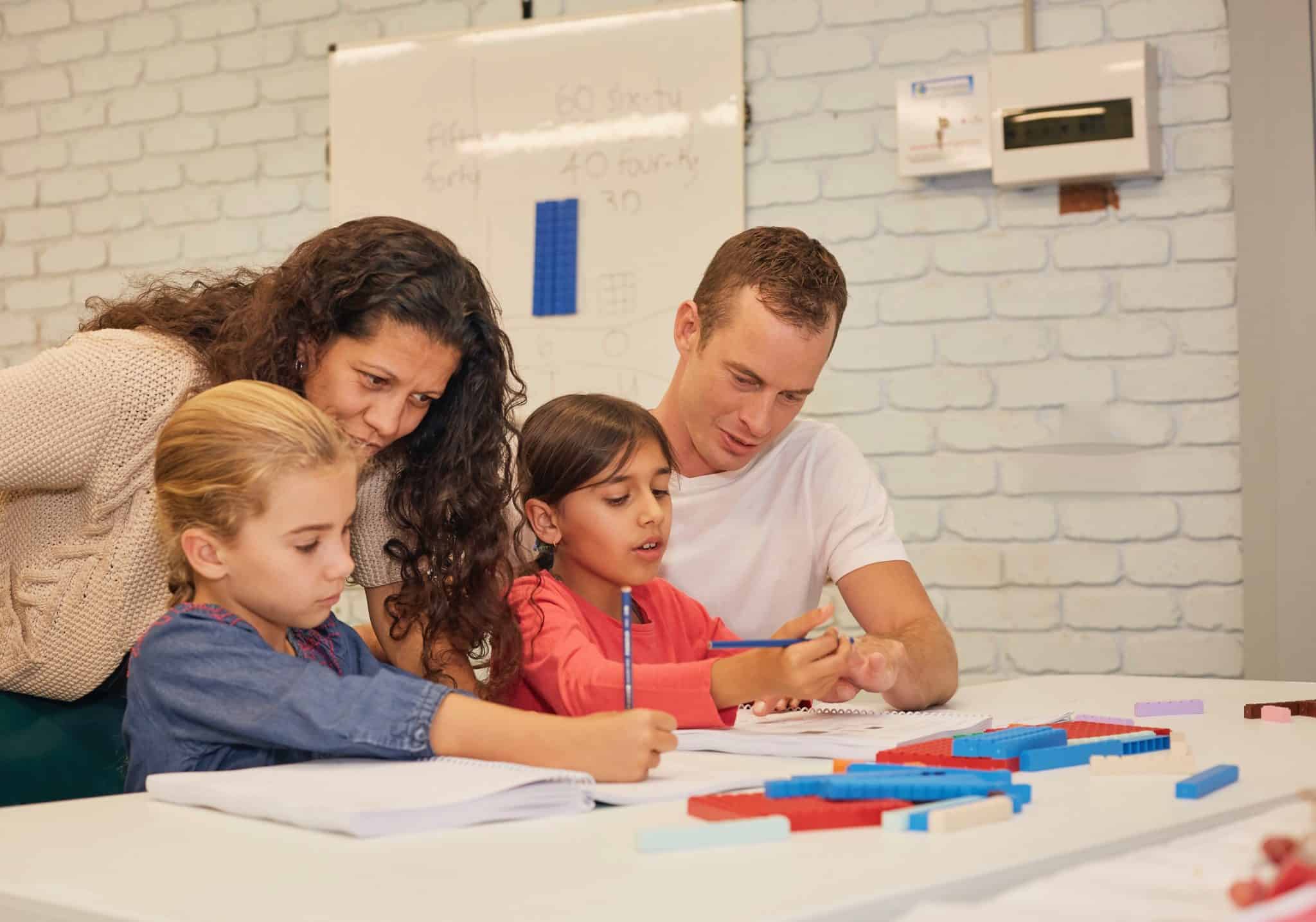
Multisensory Maths Training for Parents
If you're wanting to gain confidence in teaching your kids maths, come join us for step-by-step instruction in how to use multisensory maths - it's super easy!
We also offer Teacher Trainings, so you don't have to do the hard work and research why, what and how to teach maths better (and how to make it work for a whole classroom full of students at all different levels!) Here's all the answers, in one tidy package. You can check out our Teacher Trainings here.
Let us know if you have any questions in the comments below
Warmly,
The Team at Maths Australia
